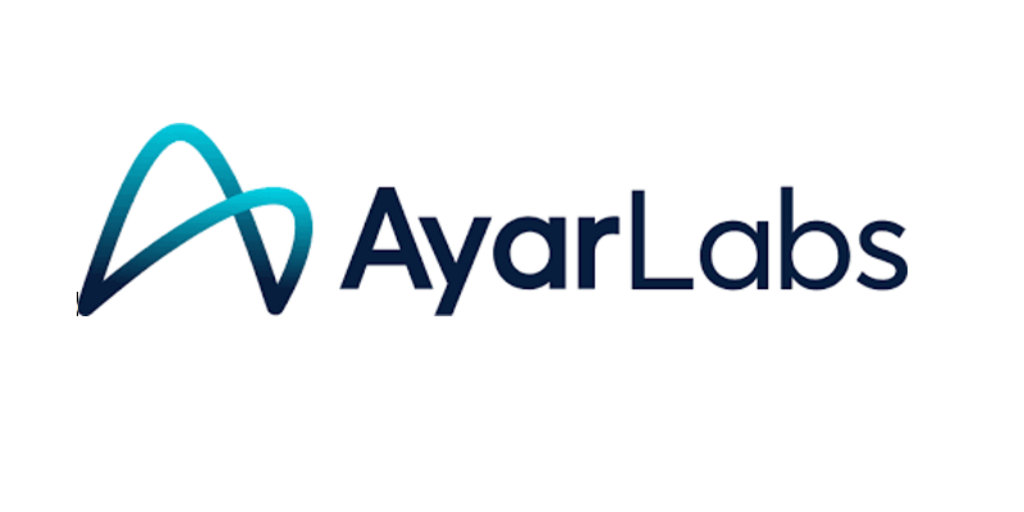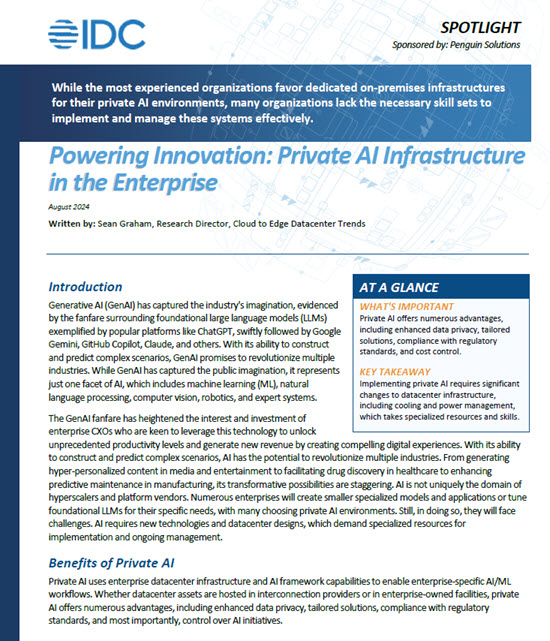
Polaris suupercomputer
Argonne National Laboratory announced that the Polaris supercomputer, a 44-petaflops HPE system powered by AMD CPUs and NVIDIA GPUs, is now open to the research community.
Researchers can apply for computing time through the ALCF’s Director’s Discretionary allocation program. Details on the system can be found here.
The system, housed at the Argonne Leadership Computing Facility (ALCF), provides a platform for researchers to prepare codes and workloads for Argonne’s upcoming Aurora exascale supercomputer. Polaris will also support several projects focused on using artificial intelligence (AI) for science and the integration of large-scale research instruments with high performance computing.
“Polaris is around four times faster than our Theta supercomputer, making it Argonne’s most powerful computer to date,” said ALCF Director Michael Papka. “The system brings advanced capabilities that will allow our user community to carry out simulation, data analysis, and AI tasks at a scale and speed that has not been possible with our previous systems.”
Like Aurora, Polaris is a hybrid system with both CPUs and GPUs. This similarity, along with some other shared technologies, is designed to help ease the transition to using Aurora for scientific research ahead of the exascale supercomputer’s deployment.
Polaris will immediately begin supporting several research teams getting ready for the arrival of Aurora via DOE’s Exascale Computing Project (ECP) and the ALCF’s Aurora Early Science Program (ESP).
 “We have a very diverse set of projects lined up to use Polaris,” said Katherine Riley, ALCF Director of Science. “Some of the initial ECP and ESP research campaigns include using AI to accelerate cancer research, performing massive cosmological simulations to advance our understanding of the universe, and modeling turbulent flows to inform the design of more efficient aircraft.”
“We have a very diverse set of projects lined up to use Polaris,” said Katherine Riley, ALCF Director of Science. “Some of the initial ECP and ESP research campaigns include using AI to accelerate cancer research, performing massive cosmological simulations to advance our understanding of the universe, and modeling turbulent flows to inform the design of more efficient aircraft.”
At Argonne, Polaris will also be used to advance efforts to integrate ALCF computing resources more closely with DOE experimental facilities. Initial work will be focused on coupling ALCF systems with the co-located Advanced Photon Source (APS) and Center for Nanoscale Materials (CNM), both DOE Office of Science user facilities at Argonne.
“Experimental facilities need powerful computing resources to keep pace with the increasingly large amounts of scientific data they are producing,” Papka said. “By closely integrating ALCF supercomputers with the APS, CNM, and other experimental facilities, we can help speed data analysis and provide insights that allow researchers to steer their experiments in real time.”



